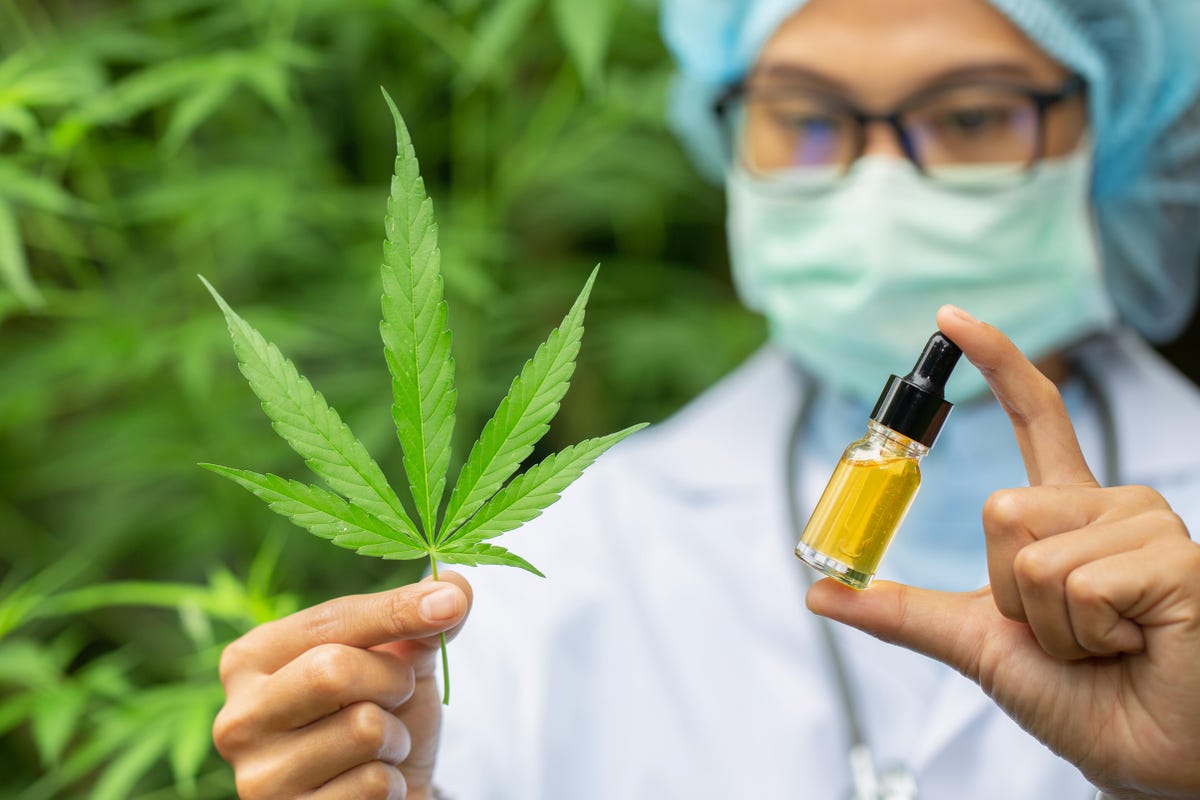
It's not as simple as it seems. Either one of these strains is good for you, just as strawberry icecream tastes better with chocolate than strawberry. Most people enjoy both types, and the availability of hybrid strains makes the choice easy. You need to know the effects of both. Sativas might not be right for you if you have high bloodpressure.
The energizing effects of sativas are well-known.
Sativas are well-known for having energizing effects. This can have a number of benefits, including improving social interaction and work attitudes. People who are usually lazy can use sativas to help them stay active and engaged. There are some positive effects and others that are negative. However, a combination can create a balance. Here are some examples.
Indicas have energizing and calming effects
Indicas are known for their energizing effects on the body but can also cause drowsiness. For this reason, they are good for chronic pain or insomnia. Indicas can cause insomnia and make the user sleepy in high doses. In addition to this, these strains can also help people who suffer from depression, anxiety, or insomnia. Users should not use cannabis before they are required to drive, operate machinery, and remain awake while intoxicated.

Sativas will not treat high blood pressure
People have been using Nigella sativa oil to treat hypertension in recent years. The oil is used in many Asian cuisines and believed to lower blood sugar. For eight weeks, 70 healthy volunteers received 2.5 mL N. sativa oil two times daily. They were then surveyed at the baseline as well as at the endpoint.
Sativas tend to be shorter
Despite being shorter than Indicas, sativas have the highest popularity of any type of marijuana. They are often associated with high THC levels, while indicas contain fewer traces of the psychoactive compound. Also, sativas have more prominent terpenes like limonene or beta-caryophyllene. Sativas have many effects. Some can provide a creative buzz, while others can bring a calm and peaceful feeling of well-being.
Indica plants are great for indoor growing
Indica plants are popular for their resin-filled buds. These strains are native to the Asian highlands. They can withstand the dry climate. They are not resistant to mold or bud rot, unlike other plants. To maintain healthy buds, ensure proper ventilation. Air circulation can be improved by trimming stems and leaves. A proper humidity level will help to prevent mold. Here are some tips for keeping your indoor indica plant beautiful and healthy.
Sativas have an anti-bacterial property
The active components in N. sativa could be used to reduce the levels of bacteria in human stool, according to researchers. These compounds are known to interact with proteins and viruses. These compounds can't destroy human pathogens. Humans breakdown proteins in their diets into amino acids which then convert to water, carbon dioxide, and ammonia. The liver enzymes are responsible for converting toxic ammonia (toxic) to non-toxic, urea.

Sativas have antiinflammatory properties
C.sativas are plants with anti-inflammatory effects. The cruciferous famiy includes a variety of cannabis species, including sativas, indicas, and hemp. The anti-inflammatory property of the sativa flower may explain its history as a drug user. Sativas can block the production COVID. This is a key component in the inflammatory response.
FAQ
Is the CBD industry on the rise?
Yes! And this growth is expected to continue into the future as legalization spreads across North America. This year alone, Canada legalized recreational cannabis use, while several states have passed medical marijuana laws.
This trend is expected to continue for at most another decade, as more states pass legislation that allows access to medical marijuana.
It is also economically sensible to legalize marijuana. Legalizing marijuana has many other benefits.
It could be used to reduce crime rates and the availability illegal drugs. It could also generate tax revenue for the government.
People will likely choose to consume less alcohol as they become more comfortable with legal marijuana. This would mean fewer hangovers and lower health care costs.
In addition, marijuana might actually improve the quality of life for those who suffer from chronic pain. Many believe that the active ingredient in marijuana, THC, helps relieve symptoms such as muscle spasms and nausea caused by chemotherapy.
The use of marijuana may be a useful tool in treating mental illness such as anxiety and depression. Some studies have shown that marijuana can treat schizophrenia.
Even though the CBD sector looks bright, there are still many challenges.
How can CBD products sold in a legally compliant manner by companies?
The FDA doesn't regulate hemp as an agricultural commodity. The Controlled Substances Act governs all other cannabis derivatives, such as marijuana. To date, there are no specific regulations for CBD.
CBD is legal at state level in 29 US states. Federal law considers it illegal. Businesses looking to sell CBD products are left in uncertainty.
The FDA also has guidelines for how CBD products should be advertised. They must disclose the THC content of any CBD products. Without scientific evidence supporting this claim, CBD cannot be used to treat certain medical conditions.
In addition, the FDA requires manufacturers to submit detailed information regarding manufacturing practices and quality control measures. They require companies to carry out clinical trials to prove safety or efficacy.
When developing their own marketing strategies, companies should take into account these points.
Can I use CBD during pregnancy?
It is not clear if CBD is safe for use during pregnancy.
However, the little information available suggests that CBD is unlikely to cause harm to the baby.
It's important to note that CBD should not be taken by pregnant women unless recommended by their doctor.
In fact, the Food and Drug Administration issued a warning last week about the potential dangers of CBD taking while pregnant.
FDA says there is evidence that cannabis usage during pregnancy can increase miscarriage risk.
The agency said that more research is needed to reach a firm conclusion.
What is the size of the global CBD market?
The global CBD market was valued at $US 3.5 billion in 2015, according to Euromonitor International. This is more than 10% higher than 2014
The report projects that this figure will reach $US6.4 billion by 2020. This represents an average annual growth rate 12%.
By 2020, CBD products will account for approximately half of all global hemp-derived products.
This includes CBD oils.
Is CBD a good company to invest?
As hemp-based products gain popularity, so does the market. According to some estimates, there will be 1 billion dollars worth of hemp-based products in stores by 2022.
The market is also expected to continue growing at an annual rate of over 20% until 2020, when it reaches $2.5 billion.
Hemp oil can be found in many beauty and health products, including lotions, shampoos and lip balms, moisturizers and body butters.
There are also several companies producing CBD-infused beverages, snacks, pet foods, dog treats, and other food items.
CBD is currently legal in all 50 states, although this may change soon. More research into CBD's potential uses will be done, which will make it easier for businesses and law enforcement to do business legally.
With these factors in mind, it's clear that investing in CBD can be a lucrative venture.
Which countries produce CBD of the highest quality?
The United States produces the majority of CBD products.
However, CBD products can also be made in Canada, Australia, New Zealand and Israel.
Statistics
- OralWhere HED is the human equivalent dose, and Km is a correction factor estimated by dividing the average body mass (BM) of the species (60, 0.020, and 0.150 kg for 11 humans, mice, and rats, respectively) and by its surface area (see: Nair et al. (ncbi.nlm.nih.gov)
- The inhibition of FAAH is predicted to lead to an increase in brain and plasma concentrations of AEA, which acts as a partial agonist at CB1R and CB2R, thereby increasing endocannabinoid tone [92, 110]. (ncbi.nlm.nih.gov)
- A recent systematic review of human trials also reported that individuals with epilepsy receiving CBD (5–20 mg·kg−1·day−1) were more likely to experience decreased appetite than those receiving placebo (i.e., ~20 vs. 5% of patients) (ncbi.nlm.nih.gov)
- The use of these products is likely to become even more widespread if the World Health Organization's recommendation that CBD no longer is scheduled in the international drug control conventions is adopted by the United Nations member states [201]. (ncbi.nlm.nih.gov)
- CBD seems unlikely to directly influence sleep in healthy humans [115] (and maybe “sleep-promoting” in those with certain comorbid conditions) (ncbi.nlm.nih.gov)
External Links
How To
How To Get Certified For Selling CBD Products
CBD (cannabidiol) is one of the hundreds of cannabinoids found in cannabis plants. It has been used medicinally throughout history. This includes in South America, China, India and China. Because it can treat conditions such as anxiety, pain, epilepsy and inflammation, CBD has seen a rise in popularity over the years. The U.S. does not have an official certification program yet for CBD products. Therefore, anyone wanting to make a living selling CBD products must rely on their "unofficial" self-certification.
There are two options. One way to do this is to join the local association of cannabis-business owners. You can get support and advice from other members while learning from them. There are currently dozens of associations around the country. You can also go online and start your own business. Most states now allow canna-businesses to operate online. If your state allows online canna-businesses, you can immediately set up a website and begin accepting orders. You must register with the Department of Public Health in your state. Once you have registered, it will be possible to apply for your license through the state's department public health. After receiving your license, you are legally allowed to open a store and start accepting orders.